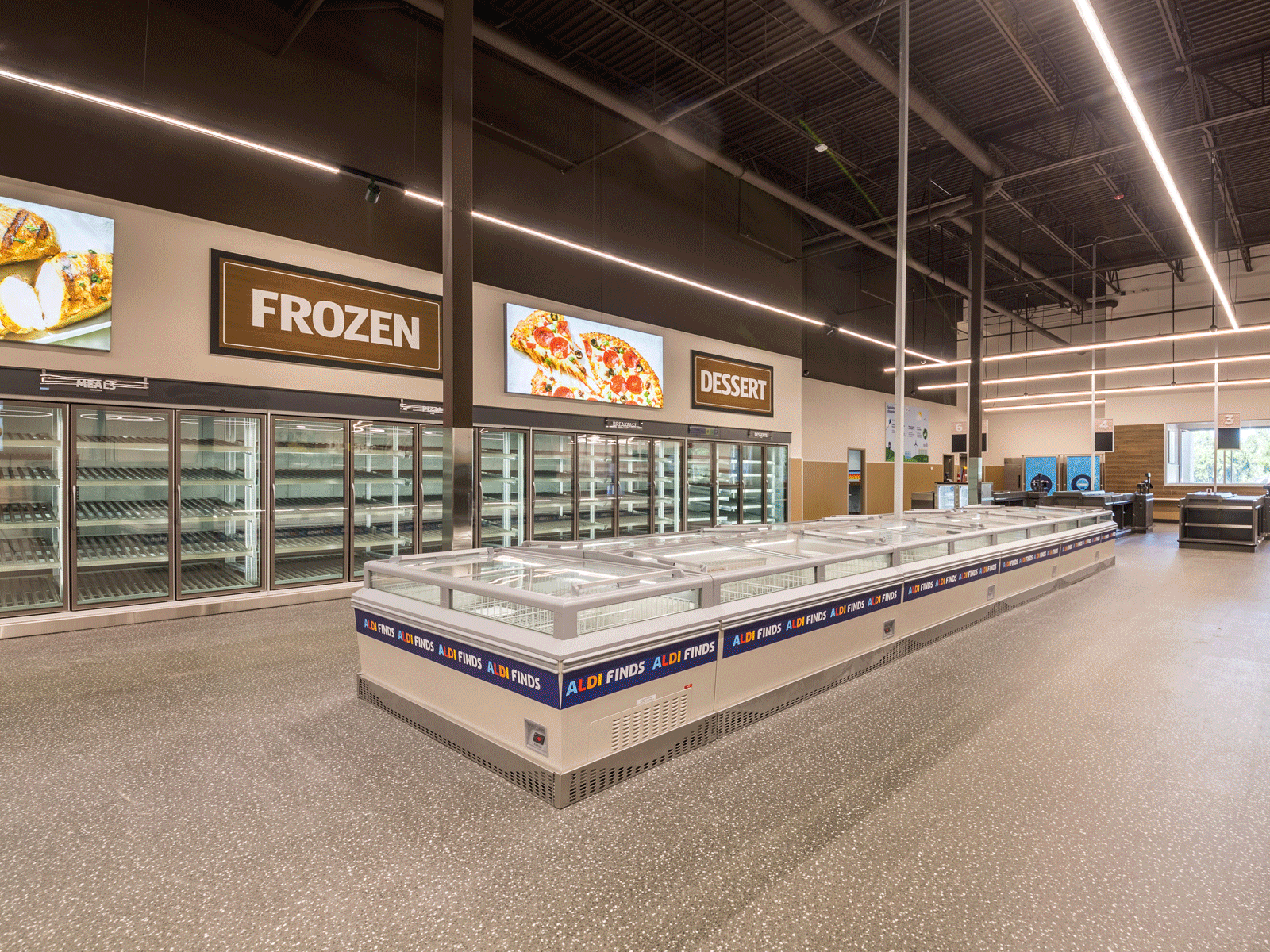
Christine A. Burkett, FMGI Senior Mechanical Project Manager
The refrigeration landscape in the United States is undergoing one of its biggest transformations in decades. As environmental priorities shift, new federal and state regulations are pushing industries—from grocery to HVAC—to phase out high-impact refrigerants and adopt cleaner, more sustainable alternatives.
For many retailers, especially those in the grocery sector, refrigeration systems are the heartbeat of their operations. But as new rules take effect, they’re also becoming one of the most complex—and costly—areas to manage.
FMGI is helping clients navigate this change, combining regulatory insight with real-world construction and implementation expertise.
Why Refrigeration Regulations Are Changing
Traditional refrigerants, like hydrofluorocarbons (HFCs), have been widely used in cooling systems for decades. However, they are also powerful greenhouse gases—often thousands of times more potent than carbon dioxide in contributing to global warming.
To address this, the Environmental Protection Agency (EPA) and many state governments are phasing down HFC use and introducing strict rules around the types of refrigerants that can be used, how systems are maintained, and what reporting requirements must be followed.
In short, businesses must transition to lower-GWP (Global Warming Potential) refrigerants while ensuring their facilities remain safe, efficient, and compliant.
The Challenge: A Patchwork of Regulations
One of the biggest obstacles for national and regional retailers is that regulations vary by state.
Many states have adopted rules that are even more stringent than federal mandates. For example:
- Connecticut, Delaware, Maryland, Massachusetts, New York, New Jersey, and Vermont are aligning with EPA SNAP Rules 20 & 21, limiting high-GWP refrigerants.
- Washington State requires leak repairs within 14 days for large systems, registration for facilities with more than 50 lbs of refrigerant, and stricter recordkeeping.
- California has its own Refrigerant Management Program (RMP) that tracks usage, emissions, and leak repairs.
These overlapping requirements make compliance a moving target—especially for grocers operating across multiple states.
The Phaseout Timeline
The refrigerant phaseout is happening in stages:
- By January 1, 2025: New HVAC systems must use refrigerants with a GWP below 750.
- By 2029: Refrigeration retrofits must use refrigerants with a GWP limit of 150.
- By 2030 and 2033: Additional reductions continue, tightening the limits even further.
This means that the systems installed today must already anticipate the standards of tomorrow.
What This Means for Construction and Facility Design
From FMGI’s perspective as a national general contractor, these regulatory shifts will directly affect how buildings are designed and built.
- New refrigerants like R-454A (utilized in certain HVAC applications) and R-454B are considered mildly flammable. This means systems will require:
- Added sensors and fail-safe mechanisms in Energy Management Systems (EMS)
- Upgraded roofing materials, electrical components, and ventilation to meet safety codes
- CO₂-based systems, another popular low-GWP alternative, operate at very high pressures—up to 90 bar (1,300 psi) in coils and 120 bar (1,800 psi) in transfer pipes. That demands stronger materials, specialized piping, and different installation techniques.
These factors all influence project costs, design timelines, and long-term maintenance strategies.
FMGI’s Role: Leading Through Change
At FMGI, we view these changes not just as compliance challenges—but as opportunities for innovation and sustainability.
Our team works closely with retailers, facility managers, and refrigeration partners to:
- Assess facility readiness and regulatory exposure
- Design and implement compliant systems using the latest technology
- Integrate new safety features and materials into construction plans
- Future-proof facilities to meet upcoming standards before they take effect
As regulations continue to evolve, FMGI remains committed to helping our clients stay ahead—building efficient, compliant, and environmentally responsible spaces that set the standard for modern retail infrastructure.
Final Thoughts
While refrigeration regulation can feel like a technical issue, it’s quickly becoming a defining factor in retail construction and operations. Businesses that take a proactive approach now will save significantly on retrofits and disruptions later.
FMGI continues to lead the industry through these transitions—turning complex compliance challenges into opportunities for smarter, safer, and more sustainable construction.
